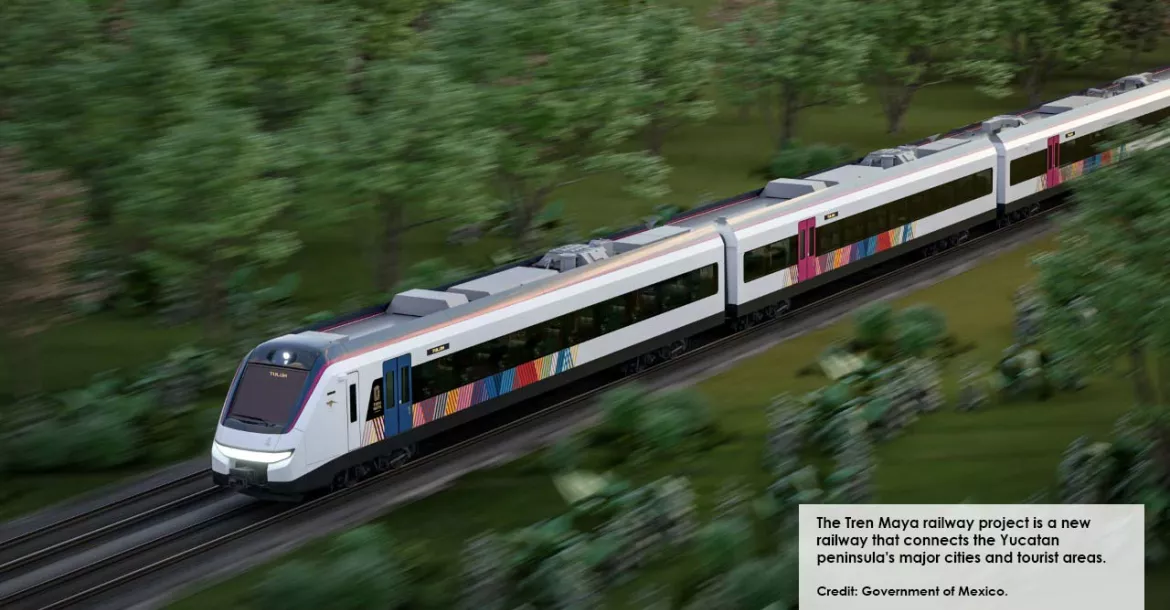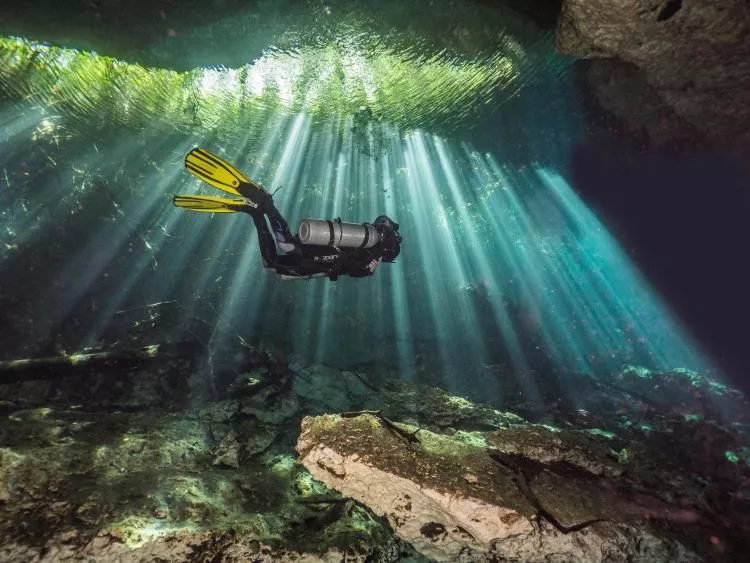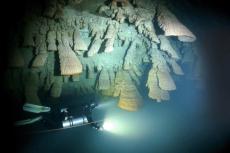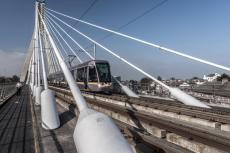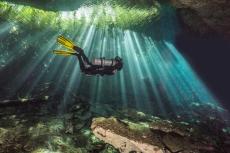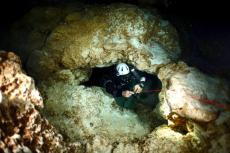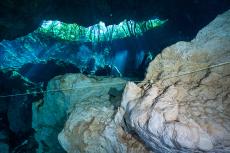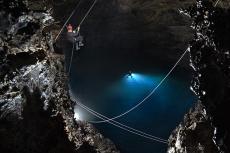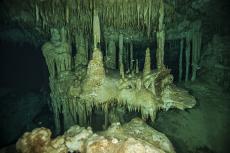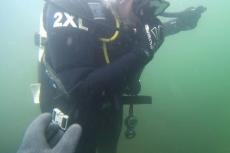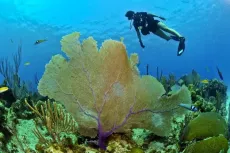Dive community up in arms over Tren Maya railway project
The planned intercity railway, which will traverse the Yucatán Peninsula, is being routed through protected wildlife habitat and cave-diving country, threatening to cause permanent damage to the environment, Mayan villages, and archaeological sites, as well as the caves.
The first time I went cave diving in Mexico's Yucatán was over 22 years ago. I will never forget how excited I got, swimming through these spectacular passages. I remember thinking this was as close to being on another planet as I would ever get.
These caves are unique since they were dry caves before the Ice Age. This allowed stalagmites, stalactites and columns to form. After the Ice Age, these caves filled up with water, preventing this environment from changing. Over the years, I have traveled back to the area to observe and photograph what I consider to be one of the wonders of the world.
Unfortunately, all of this might change in the name of progress. The US$9.8-billion railway project will transport 40,000 passengers a day into the Yucatán Peninsula. The train will start at the airport in Cancun and run 1,500km (932mi) south.
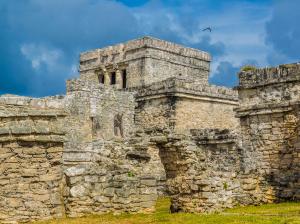
The railway is supposed to move tourism to remote areas of Yucatán and create jobs. However, unless properly planned, the construction could cause permanent damage to the environment, Mayan villages, and archaeological sites, as well as the caves we love to explore.
Track through jungle
The railway route has been changed several times after construction had already started. The railway was supposed to run along highway 307. This road begins in Cancun and is the primary way to travel south. The railway's construction caused massive traffic delays, so this route was abandoned, but there is still damage to the highway and surrounding land that has not been repaired.

Now the plan is for the railway to run 4km (2.5mi) from the road into the jungle. This will destroy habitat where endangered and protected species, including jaguars, monkeys, wild boars and deer, live. The geology of this area is limestone, and the flooded caves we love to dive are underneath.
The water in these caves is the area's only source of fresh water and flows into the ocean. Unfortunately, to finish the railway project by the end of 2023, studies to determine how this will affect the area have been rushed and not done thoroughly.
Could caves collapse?
Besides the environmental damage, many locals question whether a high-speed railway built over limestone is safe for the passengers. There have not been studies conducted to confirm this geology can support the weight of a train.
Many residents of the Yucatán feel a well-planned railway project would benefit the area, but the way the project is now planned will do more harm than good. So, what is a well-planned alternative?
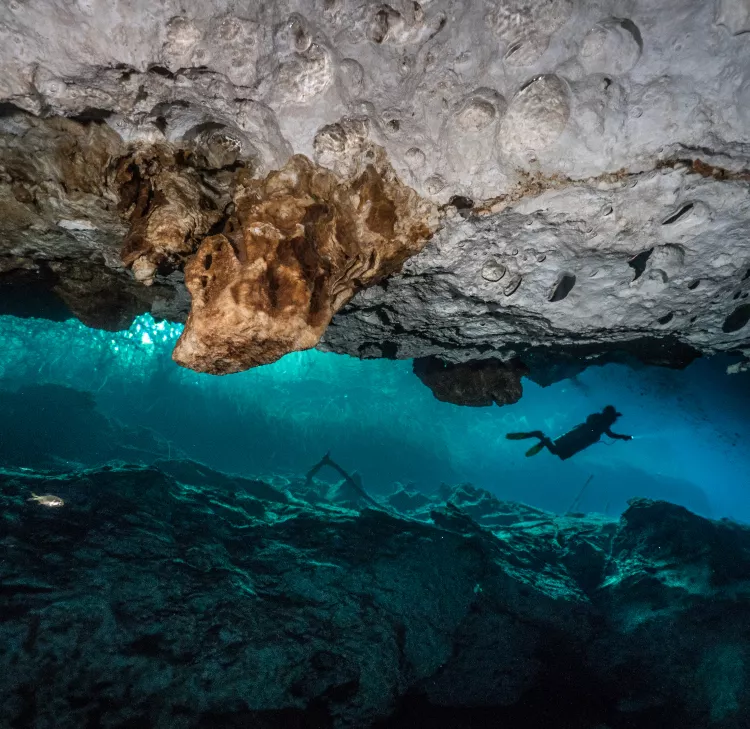
Move the track inland
Peter Sprouse from the Association for Mexican Cave Studies says that running the railway 11 to 12km (7 to 8mi) away from the coast will minimize the number of caves collapsing since most cave systems are located no more than 10km (6mi) from the coast. However, this will still impact the environment.
Sprouse believes that if the railway is to be built, going back to the original plan of building the railway along the highway will have less impact on the cave systems. The area is already developed, and there are not many caves that cross under the highway.
Petition
The question is, what could we do to protest the building of this railway? At the time of this op-ed, 45,620 people have signed the Change.org petition. If we can get the number of signatures up to 50,000, this would be one of the most-signed petitions on Change.org. So hopefully, the petition will not fall on deaf ears.

